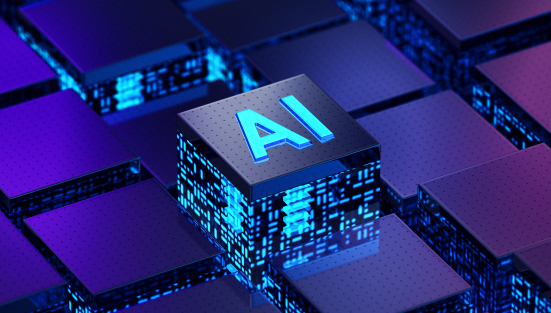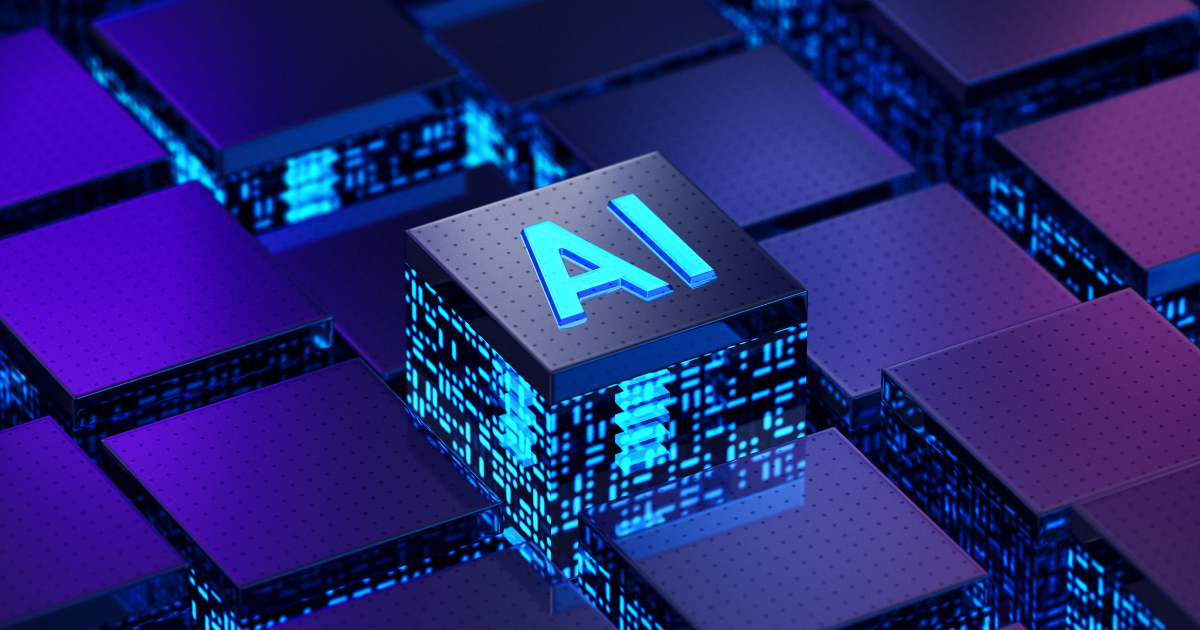Artificial Intelligence in Power Sector
Artificial Intelligence (AI) is a broad word and covers sophisticated AI algorithms and machine learning techniques. Robots and computers can function more effectively and intelligently than regular people, thanks to these. AI is the capacity for machines and robots to mimic human behavior.
Artificial Intelligence Utility in the Power sector
In the ever-evolving world, the energy sector is facing challenges such as increasing demand, shifting supply, efficiency, demand patterns, and a lack of analytics for best management. These difficulties confront even those nations that proudly fly the developing nation flag. Power efficiency is particularly problematic since unauthorized connections to power lines cause power loss without being billed and higher CO2 emissions.

In terms of implementing and harnessing the potential of Artificial Intelligence, the energy sector is not falling behind. With the growth of artificial intelligence applications, workflows can be streamlined, resulting in cost savings. As cleaner, economical, and reliable energy is critical to growth, applying AI in the power industry might have a substantial impact. Modernizing recurring, structured tasks with AI technologies could be beneficial.
AI can lessen transmission losses, substantially reduce consumption, and help accelerate the integration of clean energy sources in global power grids. AI also aids power distribution strategy, supervision, and monitoring.
AI Applications in the Power Sector
Prediction Accuracy: Along with real-time maintenance, one of the uses of AI in the power sector is the determination of appropriate maintenance schedules. Equipment breakdowns are frequent in the electricity sector and have significant repercussions. When artificial intelligence technology is used in conjunction with sensors, it can help to monitor equipment and identify systemic breakdowns before they cause substantial harm to the power grid or other systems, ultimately leading to the collapse of the entire grid.
Power Ordinance: As a result of the digital revolution in consumer electronics and household energy management, a smart meter may incorporate machine learning and artificial intelligence to achieve improved energy storage and consumption. Artificial intelligence will be instrumental in achieving this goal by collecting and analyzing data from various sources, including weather forecasts, grid data, meter reading data, and energy use analytics, to better understand and improve building energy performance, make better use of resources, and increase comfort and cost-effectiveness. With demand and generation estimates for electricity, AI enhances the decision-making process in production. Crucial through the shift to renewable energy sources because these sources frequently fluctuate due to their dependency on the environment, including weather, wind, and water flows. Backup systems may not be as necessary if AI-based projections can be used in conjunction with energy storage infrastructure.
Loss due to Informal Connections: Losses resulting from shady connections provide another obstacle for the power industry. AI is trained to identify uncertainties in usage patterns, payment histories, and other consumer data to find these unofficial links. Additionally, it can enhance monitoring when used in conjunction with automated meters. Further, it can aid in improving efficiency of expensive and time-consuming physical inspections.
Techniques used in Developing Countries:
- Anti-theft technology in Brazil: Brazil implemented an Anti-Theft Machine Project for medium voltage consumers to address theft and power outage problems. A single device that links through a remote management system using cellular communication networks houses all the components of the system for measuring power use using digital The gadgets are multifunctional intelligent modules that send precise usage data once daily for effective remote supply, interruption, and reactivation control. In the control centre, AI is employed to spot odd trends in relation to client profiles found nearby. Additionally, this information is utilized to forecast consumer behavior and identify which clients are most likely to have unauthorized access to the electrical system. Then, this knowledge can be applied to stop such connections and reduce waste. One of the top ten inventions in Brazilian industry during the past 10 years, according to the business journal Exame in anti-theft technology.
- Smart Grid: Another area of use is smart grids. These networks carry data as well as electricity. Power generation must increasingly respond intelligently to consumption, particularly with the rise in the number of unstable power plants like solar and wind. The data of the many individuals connected to one another via the grid can be evaluated, analyzed, and controlled with the aid of
- Virtual Power Plant: Some AI algorithms are already sophisticated enough to conduct independent trading, this is referred to as automatic trading, algorithmic trading, or algo trading. AI can also support automated monitoring and analysis of power market As a result, deviations from the norm, like the misuse of market power, may be found and stopped more promptly and precisely.
Job Roles in Artificial Intelligence Field:
- Big Data Engineer
- Business Intelligence Developer
- Data Scientist
- Machine Learning Engineer
- Research
- Python Developer
Future of AI in the Power Sector
The potential for AI to improve power generation, distribution, transmission, and consumption makes the power sector's future quite bright. However, the use of AI in the power industry is still in its infancy. But it is anticipated that AI will serve as the brain of smart grid technologies. Smart meter deployment will enable the collection of massive amounts of data that can be utilized by AI and ML to forecast how to allocate energy resources according to energy consumption.
About the FutureSkills PRIME Programme
Future Skills PRIME Programme, a joint venture between MEITY and nasscom, primarily aims at Re-skilling/ Up-skilling of IT Manpower for Employability. Various C-DAC centers are involved as the Lead Resource centers for institutionalizing blended learning mechanisms in specific emerging technologies. C-DAC Pune has been entrusted with the responsibility of a Lead Resource Centre for Artificial Intelligence Technology.
Courses run under FS Prime Programme are as below:
- Bridge course
The course is specifically designed to create awareness of Data Science, Machine Learning, and Deep Learning Tools & techniques among participants so that they can recommend and apply these technologies in real life and at their workplaces. The course is meant for graduates, entrepreneurs, interns, fresh recruits, IT professionals, non-IT professionals working in the IT industry, ex-employees, and faculties.
Registration link to enroll for Bridge Course: https://futureskillsprime.in/course/basic-certificate-course-in-artificial-intelligence

- Training of Government officials (GOT)
Under this program Government Officials train on emerging technologies, which will help them to learn about cutting-edge technologies and upskill.
- Training of Trainers (TTT)
Provides an overview of Artificial Intelligence, principles, and approaches with which faculty can enhance their knowledge in AI, Machine Learning, Deep Learning, NLP, Computer Vision, and its application. After completion of course, Faculty will be able to acquire in-depth knowledge and skills about Artificial Intelligence and will be able to conduct training on rest of the courses under the FS PRIME Programme.
Written by C-DAC Pune


